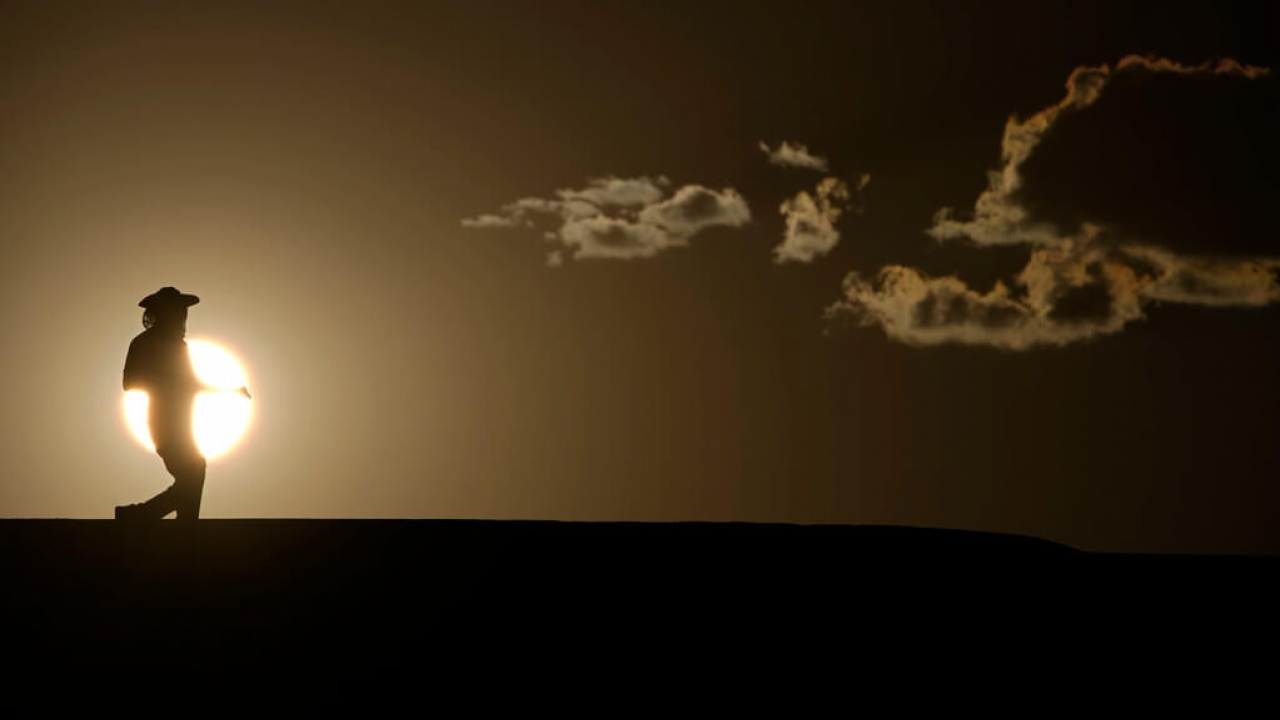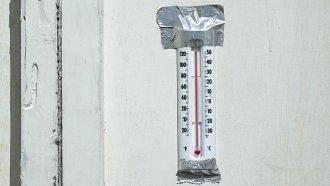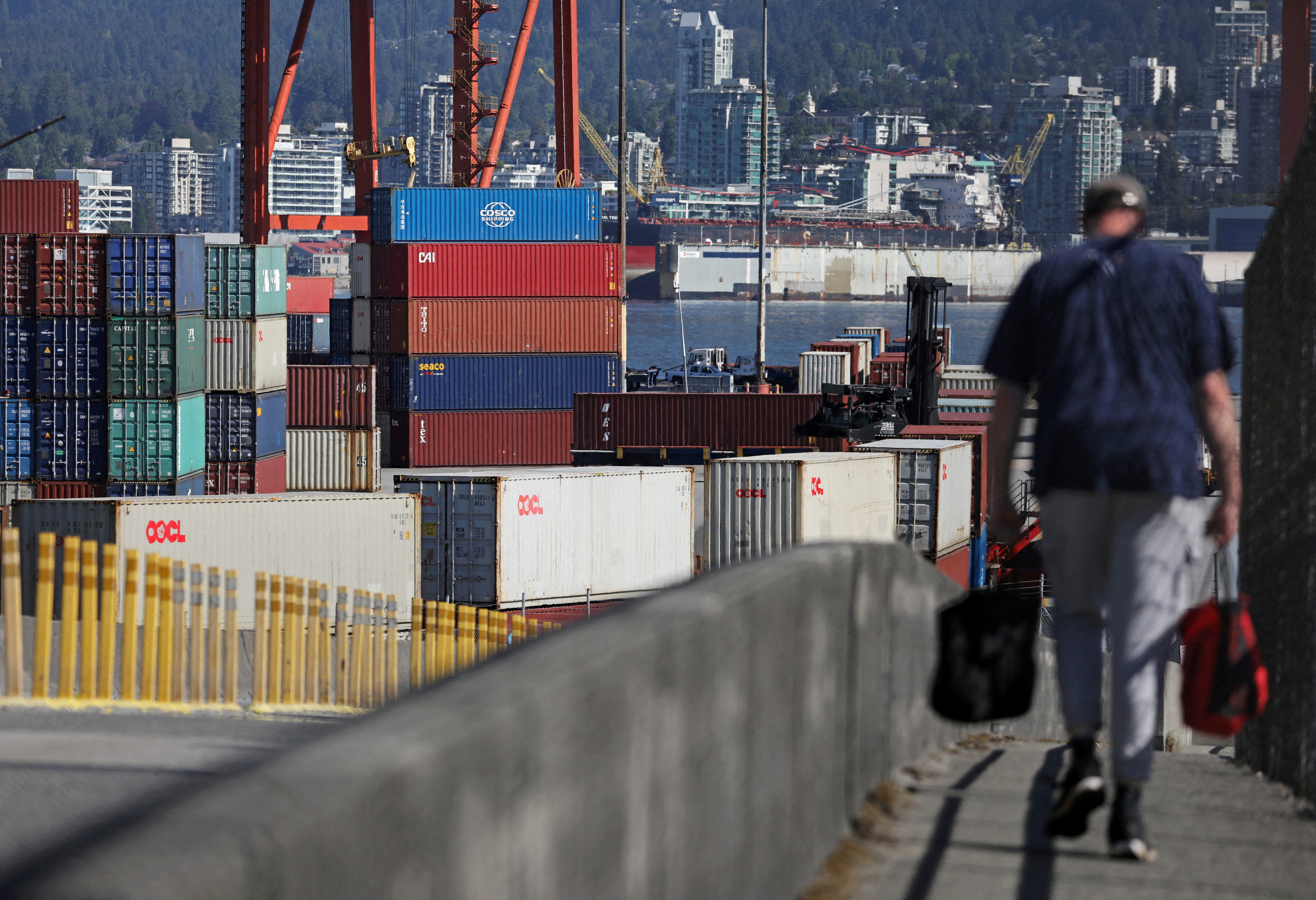WSJ: Senators Urge White House to Disclose Efforts on N. Korea Crypto Heists
Written: 2023-08-05

Photo : YONHAP News
The report said Friday that three Democratic senators - Chris Van Hollen, Elizabeth Warren and Tim Kaine - are leaning on the Biden administration to disclose more information about its efforts to counteract North Korea’s dependence on stolen cryptocurrency to fund its nuclear program
They also dubbed Pyongyang’s growing reliance on digital assets to evade sanctions a severe national security threat.
The Journal said the senators made the request in letters sent to national security advisor Jake Sullivan and Treasury under secretary for terrorism Brian Nelson on Thursday. They asked the administration to detail their efforts to address the problem including updated estimates on the scale and scope of revenue being generated by the regime's ill gotten gains.
They also requested information on actors who have assisted the exchange of such currency into other types of assets such as materials that go into producing ballistic missiles and nuclear weapons.
Senator Warren said that North Korea has methodically accumulated knowledge on digital assets over the years and the Treasury department must act swiftly in clampdown efforts to safeguard national security.
The Wall Street Journal reported in June that North Korean hackers stole three billion dollars worth of cryptocurrency in the past five years since 2018 and that the money is now used to fund about 50 percent of the regime's ballistic missile program.












